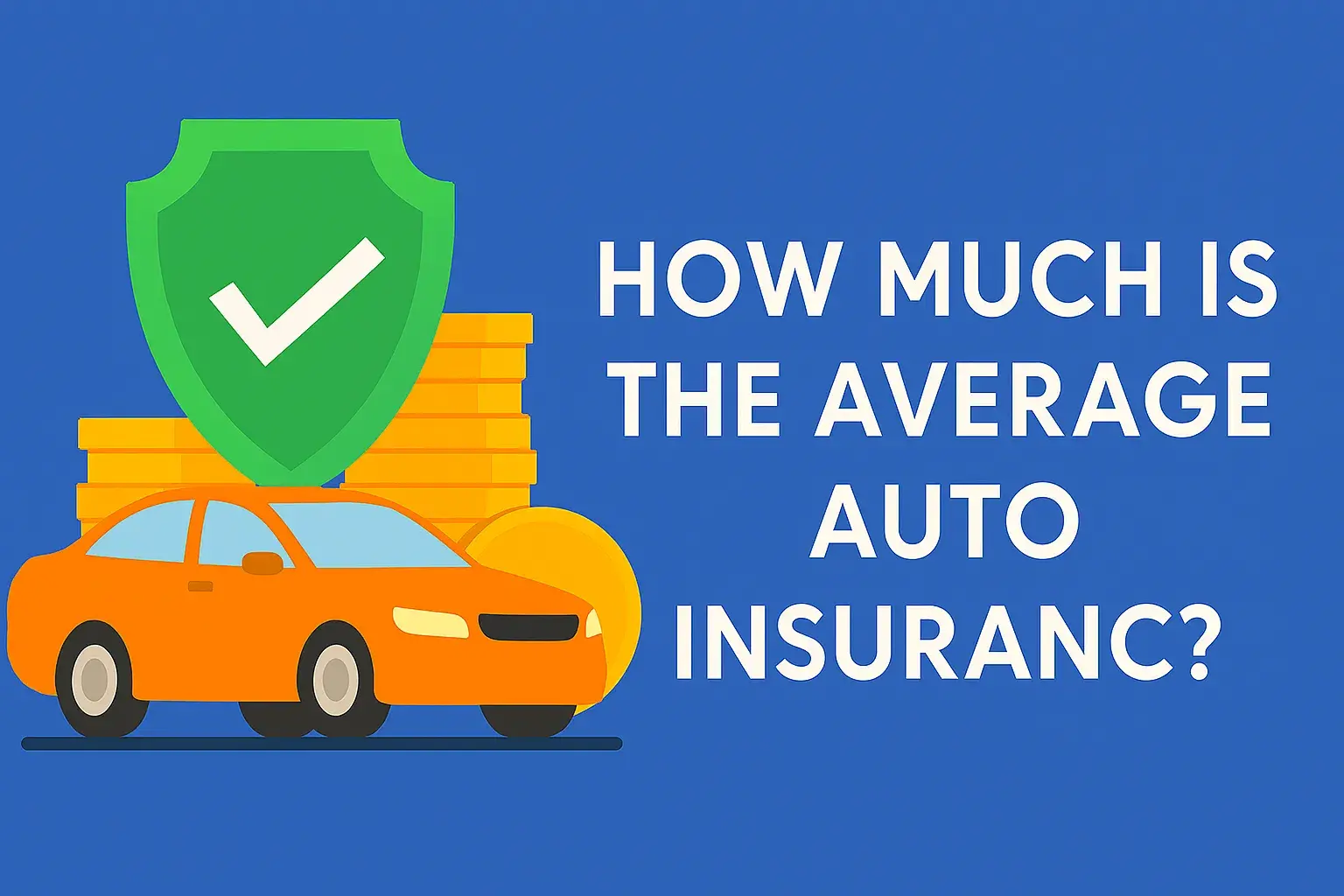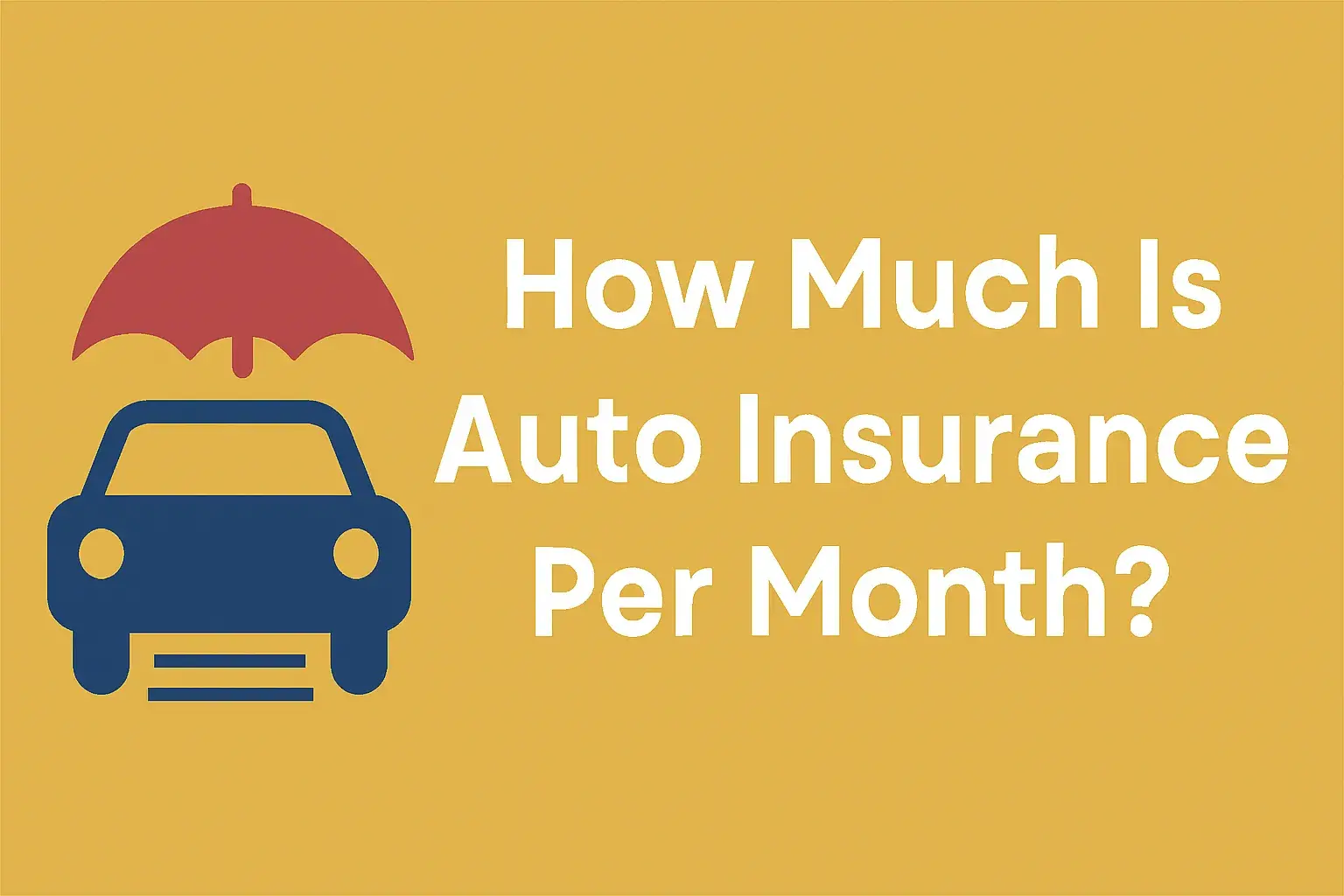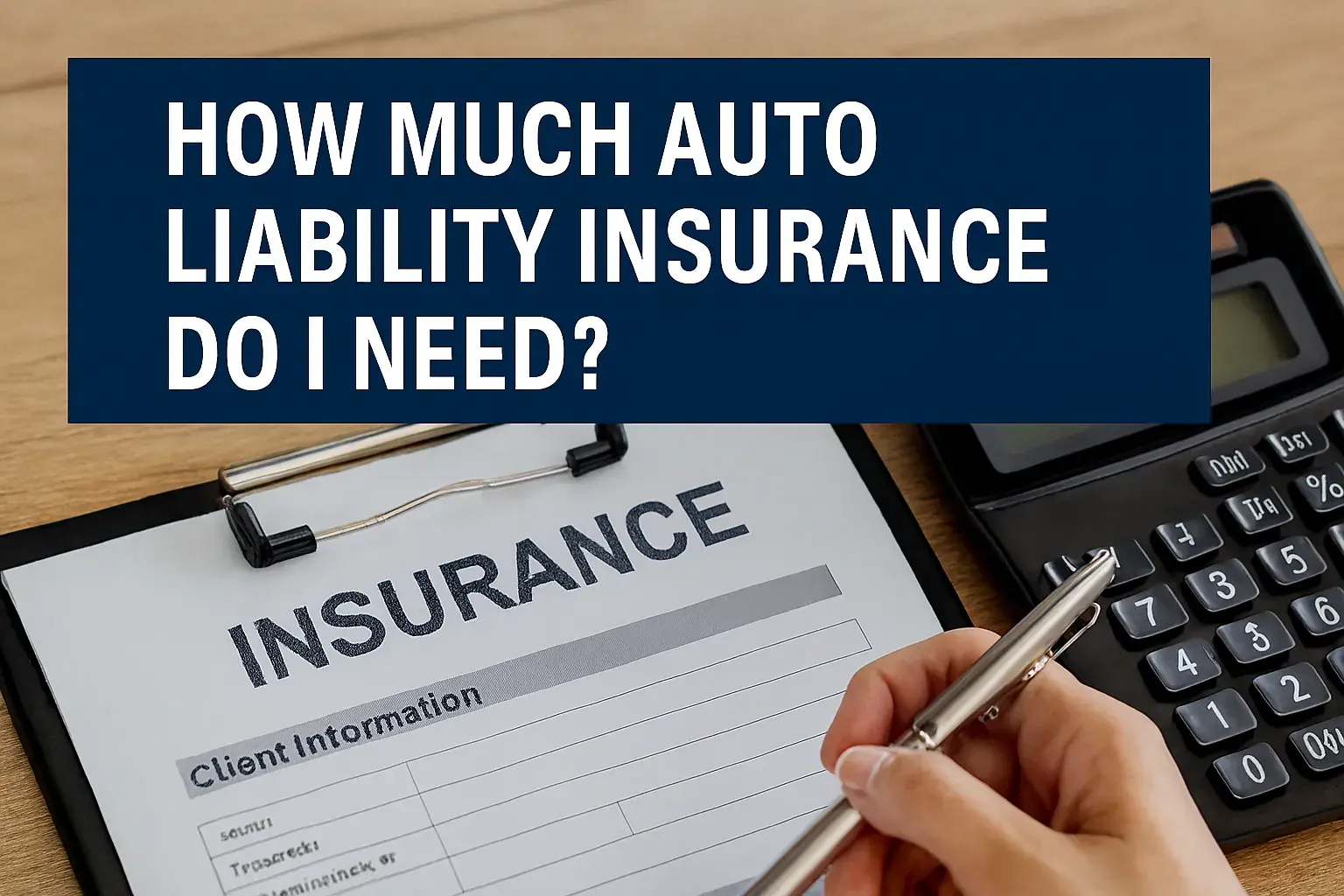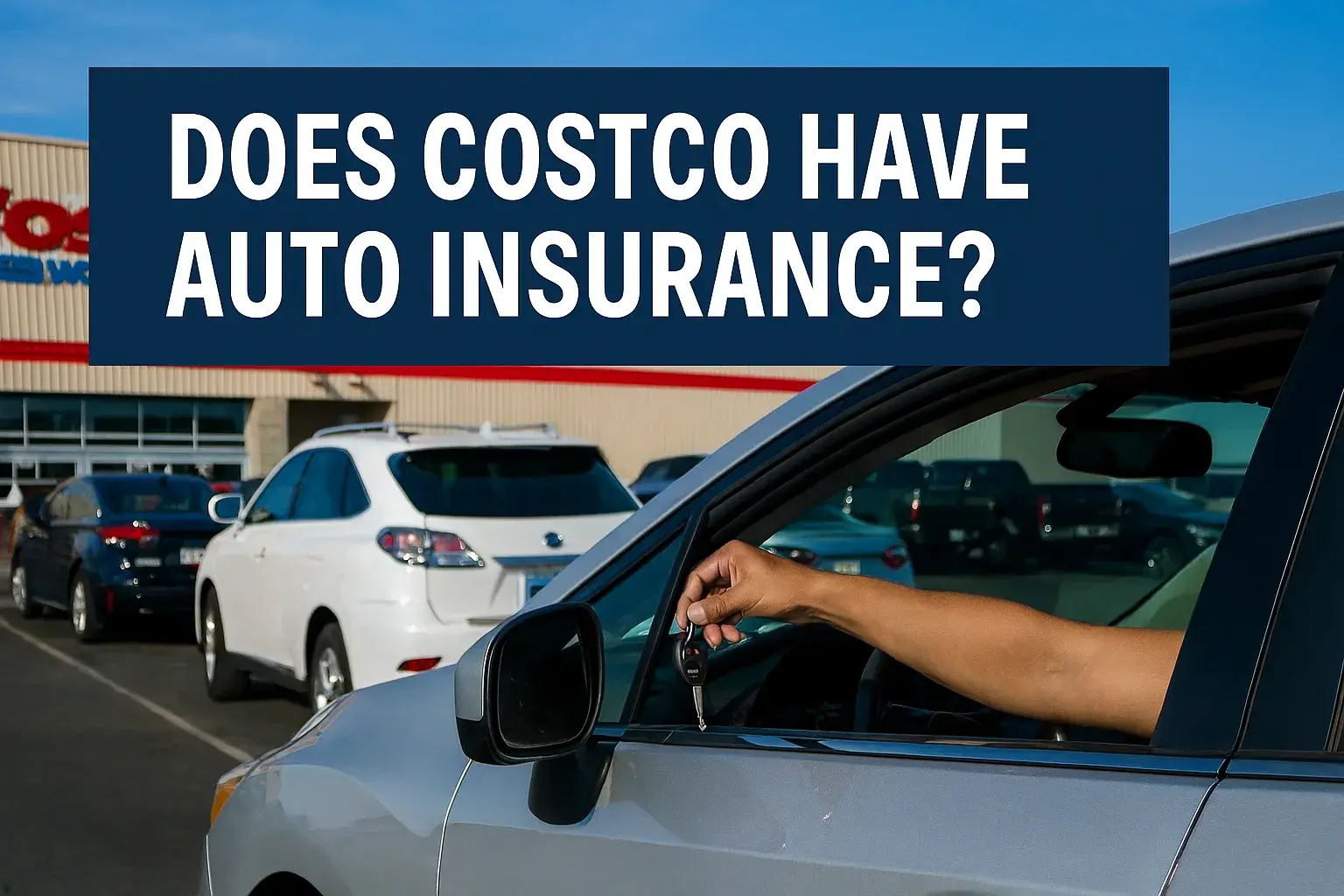26
Jul
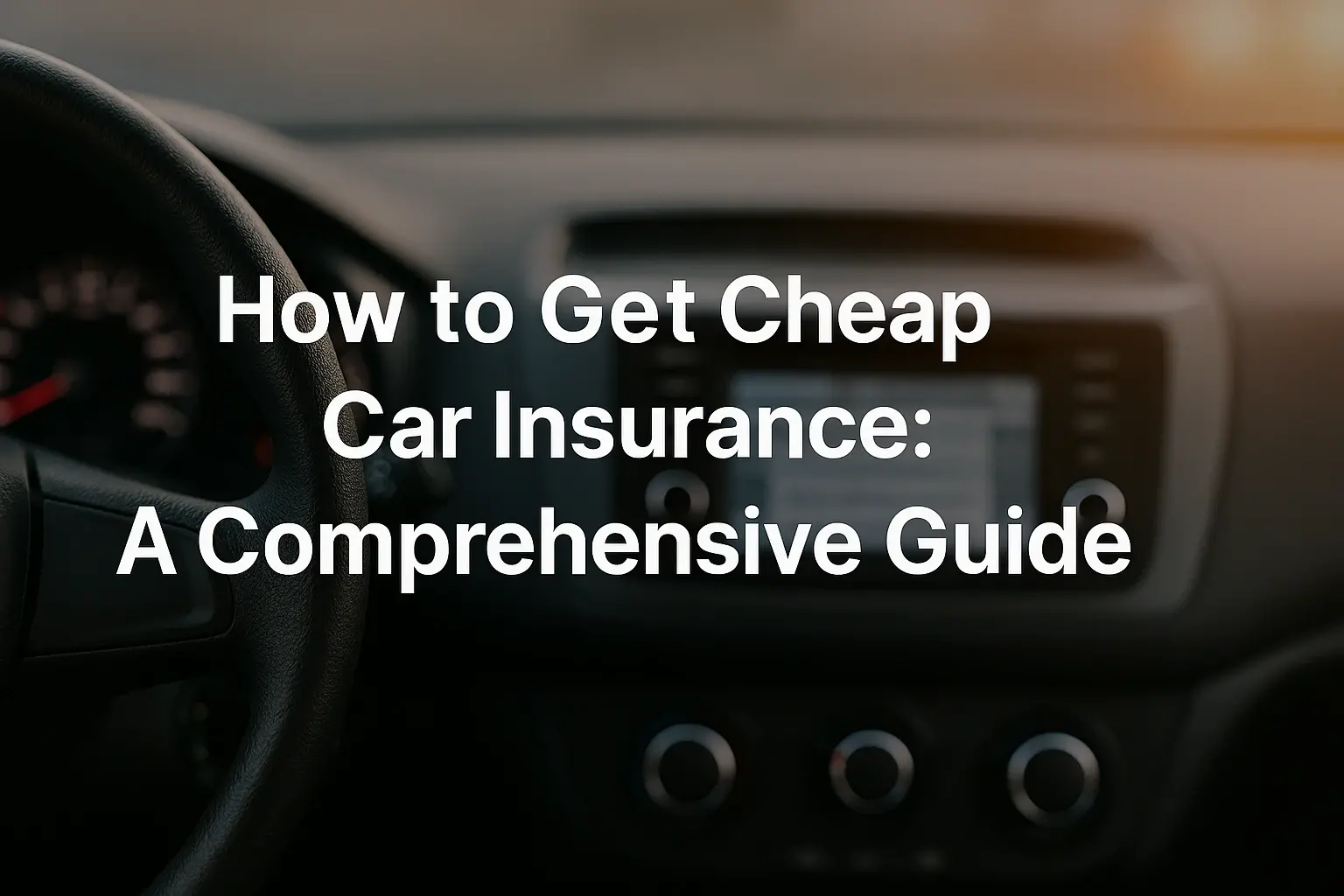
Car insurance is a necessity for drivers, but it doesn’t have to break the bank. With the right strategies, you can secure affordable car insurance without compromising on coverage. This comprehensive guide explores practical tips, insider tricks, and actionable steps to help you find cheap car insurance that fits your budget. Whether you're a first-time driver or looking to lower your current premiums, these insights will empower you to make informed decisions.
Understanding Car Insurance: The Basics
Before diving into ways to save on car insurance, it’s essential to understand what car insurance is and how it works. Car insurance is a contract between you and an insurance provider that protects you financially in the event of an accident, theft, or damage to your vehicle. In exchange for your premium payments, the insurer agrees to cover specific losses as outlined in your policy.
There are several types of car insurance coverage:
-
Liability Insurance: Covers damages or injuries you cause to others in an accident.
-
Collision Coverage: Pays for damage to your car caused by a collision with another vehicle or object.
-
Comprehensive Coverage: Covers non-collision-related damages, such as theft, vandalism, or natural disasters.
-
Personal Injury Protection (PIP): Covers medical expenses for you and your passengers, regardless of fault.
-
Uninsured/Underinsured Motorist Coverage: Protects you if you're hit by a driver with little or no insurance.
Each state has minimum insurance requirements, so check your local regulations to ensure compliance. Now, let’s explore how to get affordable car insurance without sacrificing essential coverage.
Factors That Influence Car Insurance Rates
Insurance premiums vary based on several factors. Understanding these can help you take steps to lower your costs:
-
Driving Record: A clean driving history with no accidents or tickets typically results in lower premiums.
-
Age and Gender: Younger drivers, especially those under 25, often face higher rates due to inexperience. Some insurers also charge different rates based on gender.
-
Vehicle Type: The make, model, and year of your car impact rates. High-performance or luxury cars are more expensive to insure.
-
Location: Urban areas with higher traffic and crime rates often lead to higher premiums.
-
Credit Score: In many states, insurers use credit scores to determine rates, as they correlate with the likelihood of filing claims.
-
Mileage: Driving fewer miles annually can qualify you for low-mileage discounts.
-
Coverage Levels: Higher coverage limits and lower deductibles increase premiums.
By addressing these factors, you can take proactive steps to reduce your insurance costs. Let’s dive into specific strategies.
Top Strategies to Get Cheap Car Insurance
1. Compare Quotes from Multiple Insurers
One of the most effective ways to find cheap car insurance is to shop around. Insurance rates can vary significantly between providers, even for the same coverage. Use online comparison tools to get quotes from multiple insurers in minutes. Websites like PerfinSure allow you to input your details and receive personalized quotes.
Tips for Comparing Quotes:
-
Provide accurate information about your driving history, vehicle, and coverage needs.
-
Compare at least three to five insurers to get a sense of the market.
-
Check for discounts that may not be advertised upfront.
2. Take Advantage of Discounts
Most insurance companies offer discounts that can significantly lower your premiums. Common discounts include:
-
Safe Driver Discount: For maintaining a clean driving record.
-
Multi-Policy Discount: For bundling car insurance with home, renters, or other policies.
-
Good Student Discount: For students with a GPA of 3.0 or higher.
-
Low-Mileage Discount: For drivers who travel fewer miles annually.
-
Defensive Driving Course Discount: For completing an approved driving course.
-
Anti-Theft Device Discount: For vehicles equipped with alarms or tracking systems.
-
Pay-in-Full Discount: For paying your premium upfront instead of monthly.
Ask your insurer about available discounts and ensure you’re maximizing every opportunity to save.
3. Increase Your Deductible
Your deductible is the amount you pay out of pocket before your insurance kicks in. Choosing a higher deductible can lower your monthly premiums. For example, increasing your deductible from $500 to $1,000 could reduce your premium by 10-20%. However, ensure you can afford the higher deductible in case of a claim.
4. Maintain a Good Credit Score
In most states, insurers use credit-based insurance scores to determine premiums. A higher credit score can lead to lower rates. To improve your credit score:
-
Pay bills on time.
-
Reduce credit card balances.
-
Avoid opening unnecessary credit accounts.
-
Regularly check your credit report for errors.
If you live in a state where credit scores aren’t used (e.g., California, Hawaii, or Massachusetts), focus on other factors like your driving record.
5. Choose the Right Coverage
Avoid over-insuring your vehicle. For older cars with low market value, consider dropping collision or comprehensive coverage, as the cost of repairs may exceed the car’s worth. However, ensure you meet your state’s minimum liability requirements. Work with an insurance agent to tailor your coverage to your needs and budget.
6. Drive a Low-Risk Vehicle
The type of car you drive significantly impacts your insurance rates. Cars with high safety ratings, low repair costs, and anti-theft features are cheaper to insure. Before purchasing a vehicle, check its insurance costs using tools like the Insurance Institute for Highway Safety (IIHS) ratings or by requesting quotes from insurers.
7. Bundle Your Policies
Bundling your car insurance with other policies, such as homeowners' or renters' insurance, can save you 10-25% on your premiums. Many insurers offer multi-policy discounts to encourage customers to consolidate their coverage.
8. Consider Usage-Based Insurance
Usage-based insurance (UBI) programs, like Progressive’s Snapshot or Allstate’s Drivewise, track your driving habits through a mobile app or device. Safe drivers who avoid hard braking, speeding, or nighttime driving can earn significant discounts. However, risky driving could increase your rates, so assess your driving habits before enrolling.
9. Maintain Continuous Coverage
Insurers often charge higher rates to drivers with gaps in coverage, as this suggests higher risk. Even if you’re between vehicles, consider maintaining non-owner car insurance to avoid a lapse.
10. Pay Your Premium Annually
Paying your premium in full rather than monthly can save you money, as insurers often charge administrative fees for installment plans. If you can afford it, paying annually could reduce your costs by 5-10%.
11. Look for Group Insurance Plans
Some employers, professional organizations, or alumni associations offer group insurance plans with discounted rates. Check with your employer or any organizations you’re part of to see if they partner with insurers.
12. Avoid Unnecessary Claims
Filing small claims can lead to higher premiums at renewal time. If the cost of repairs is close to your deductible, consider paying out of pocket to avoid rate increases.
13. Move to a Lower-Risk Area
If feasible, living in a safer neighborhood with lower crime and accident rates can reduce your premiums. Urban areas typically have higher rates than rural ones due to increased risk.
14. Consider Pay-Per-Mile Insurance
For low-mileage drivers, pay-per-mile insurance programs like Metromile or Nationwide’s SmartMiles can be cost-effective. These programs charge a base rate plus a per-mile fee, ideal for those who drive infrequently.
15. Review Your Policy Regularly
Your insurance needs change over time. Review your policy annually to ensure you’re not paying for unnecessary coverage or missing out on new discounts. Life changes like moving, getting married, or buying a new car can affect your rates.
Special Considerations for Specific Groups
Young Drivers
Young drivers, especially those under 25, often face higher premiums due to their lack of experience. To save:
-
Take a defensive driving course.
-
Maintain good grades for a student discount.
-
Stay on your parents’ policy if possible, as it’s often cheaper than a standalone policy.
-
Choose a safe, low-cost vehicle.
Read More: Cheap car insurance for young drivers
Senior Drivers
Seniors may qualify for discounts based on their driving experience or low mileage. Some insurers offer mature driver discounts for those over 55 who complete a defensive driving course. However, rates may increase after age 70 due to higher risk, so shop around for senior-friendly insurers.
High-Risk Drivers
If you have a poor driving record or a DUI, you may be classified as a high-risk driver, leading to higher premiums. To save:
-
Work with insurers specializing in high-risk drivers, such as The General or Dairyland.
-
Improve your driving habits to clean up your record over time.
-
Consider a usage-based insurance program to demonstrate safe driving.
Common Mistakes to Avoid
-
Not Shopping Around: Sticking with the same insurer without comparing rates can cost you hundreds annually.
-
Choosing the Cheapest Policy Without Reviewing Coverage: Low premiums may mean inadequate coverage, leaving you vulnerable in an accident.
-
Ignoring Discounts: Failing to ask about discounts can result in missed savings.
-
Lying on Your Application: Misrepresenting your driving history or mileage can lead to denied claims or canceled policies.
-
Not Reviewing Your Policy: Failing to update your policy after major life changes can result in overpaying or being underinsured.
Tools and Resources to Help You Save
-
Comparison Websites: Use tools like The Zebra, Compare.com, or Gabi to find the best rates.
-
Insurance Company Apps: Many insurers offer apps to track discounts, manage policies, or enroll in usage-based programs.
-
Credit Monitoring Services: Tools like Experian or Credit Karma can help you improve your credit score, potentially lowering your premiums.
-
Defensive Driving Courses: Online courses from providers like the National Safety Council or AARP can qualify you for discounts.
How to Switch Insurance Providers
If you find a better deal, switching providers is straightforward:
-
Compare quotes and select a new provider.
-
Purchase your new policy before canceling the old one to avoid a coverage gap.
-
Notify your current insurer of your intent to cancel, typically in writing or by phone.
-
Provide proof of new insurance to your state’s DMV if required.
-
Update any auto loan or lease providers with your new insurance information.
FAQs About Cheap Car Insurance
Q: How often should I shop for car insurance?
A: At least once a year or after major life changes like moving or buying a new car.
Q: Can I get car insurance with a bad driving record?
A: Yes, but you may pay higher rates. Look for insurers specializing in high-risk drivers.
Q: Does my credit score affect my insurance rates?
A: In most states, yes. A higher credit score can lower your premiums.
Q: Are online quotes accurate?
A: They’re estimates based on the information you provide. Final rates may vary after underwriting.
Q: What’s the cheapest type of car insurance?
A: Liability-only coverage is typically the cheapest, but it may not provide enough protection.
Conclusion
Finding cheap car insurance requires a combination of research, strategic choices, and proactive habits. By comparing quotes, maximizing discounts, maintaining a good driving record, and choosing the right coverage, you can significantly reduce your premiums. Regularly review your policy and stay informed about new savings opportunities to keep your costs low. With these tips, you’ll be well-equipped to secure affordable car insurance that meets your needs and budget.
Start shopping today, and drive with confidence knowing you’re protected without overpaying!
